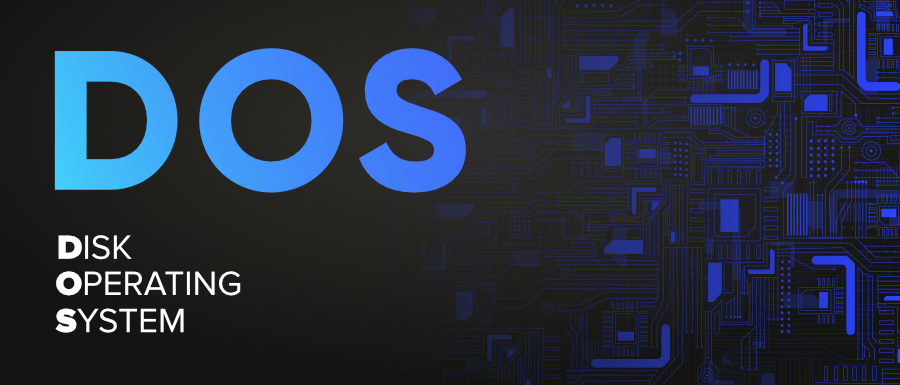DOS Full Form
Last Updated :
28 Jun, 2022
DOS stands for Disk Operating System.
DOS basically refers to any kind of operating system but was majorly used for MS-DOS. DOS provides a command line in which the users can give instructions in the form of commands.MS-DOS gained much popularity in the 1980s and early 1990s. It was considered a stand-alone operating system. The early versions of DOS were simple in functioning but then subsequent versions were made which had additional features.

History
DOS was licensed by Microsoft on 27th July 1981. The first official version of MS-DOS was released in August 1981 which was made for IBM. Then in the further years, new updated versions were launched with more functionalities and better working. MS-DOS 6.22 was the last stand-alone version that was released in April 1994. After that Windows 95 was released which was called MS-DOS 7.0.
Characteristics
- Efficient file management – DOS helps in efficient file management. The file operations such as creation, editing and deletion of files is easy.
- Correct environment – It provides the user an environment where user can do input, output and give commands on the command line efficiently.
- Single user operating system – It can have only one user at a time on the computer.
- Space – It has a maximum space of 2 GB.
- Specification – It is a 16 bit operating system.
Advantages
- The commands in DOS are easy to remember and use.
- DOS is free of cost and can be installed easily.
- It gives us direct access to the BIOS calls.
- It can run on smaller machines and therefore the booting process is much faster than other operating systems.
- DOS is very lightweight and it allows access to hardware.
- It does not have the overhead of a multitasking operating system.
Disadvantages
- DOS doesn’t support multitasking.
- It only has 2 GB of space which cannot be extended.
- It can only have a single user at a time.
- It is not compatible with other browsers.
- It doesn’t support networking.
- Automatic IRQ ordering is not supported by the OS.
- Not nearly as fancy in the graphics department.
Examples of DOS commands
Here are some basic commands of DOS –
- DIR – Displays the contents of a directory.
- ERASE – Delete files.
- MOVE – Move files to another directory.
- EDIT – Launches the text editor.
- CLS – Clears the screen.
Like Article
Suggest improvement
Share your thoughts in the comments
Please Login to comment...